Chocolate and its varied history
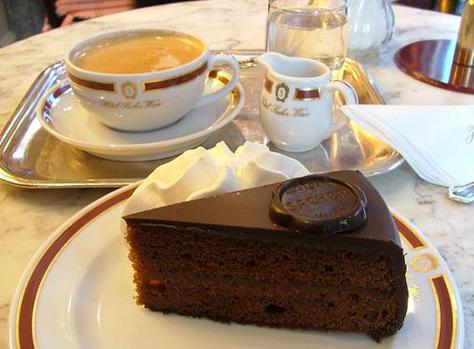
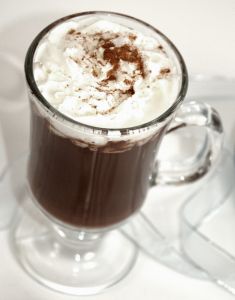
One of the our favorite delicacies and indulgences, especially during any holiday is chocolate. Nearly every holiday we celebrate from Halloween to Easter is centered around chocolate.
Trick or Treat would be nothing without some heavy duty chocolate in our bags. Thanksgiving, Christmas and New Year's are full of chocolate treats laid out on the dining room table or stuffed into our stockings.
Then there is Valentine's Day, which is a chocolate lover's delight. Boxes of chocolates are given on this day of love because, as we all know, chocolate is also an aphrodisiac. And who would not expect a chocolate Easter bunny in their Easter basket?
Who hasn't looked forward to a cup of hot chocolate in front of the fireplace on cold, snowy evenings or after a cold day of snowman making, snowball fights, skiing or sledding? Chocolate has become an integral part of our lives and even recently has been determined to be a healthy food for our bodies.
We munch on M & M's in the office as we go about our work as a little 'pick me up' in the afternoon to recharge our batteries and keep us awake. We have worked chocolate into our lives and our diet because it is the 'feel good' food that gives us a lift.
But, where did this power food, chocolate, originate and where does it come from?

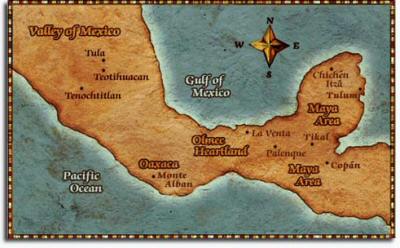
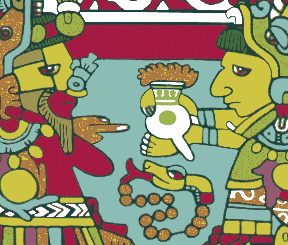
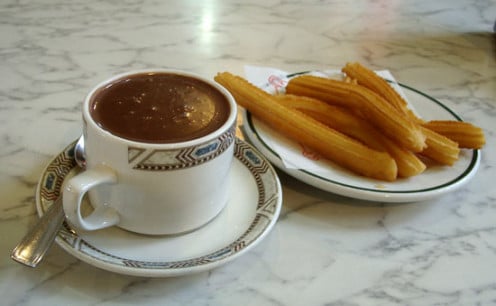
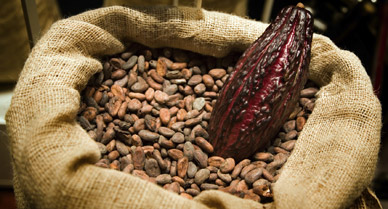
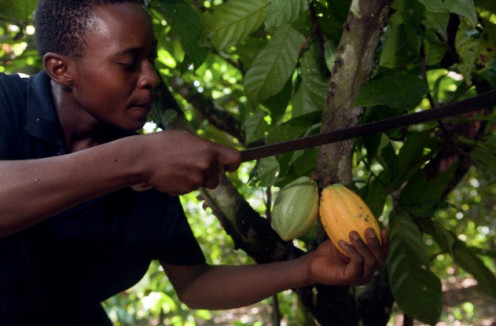
The History of Chocolate
Chocolate as we know it today came to us from Mexico, the Land of Chocolate. Our neighbor to the south cultivated cocoa trees from where the cocoa bean comes and which began in the time of Mesoamerica. The Olmec peoples of Mexico were believed to have been the first to have been found to cultivate and use cocoa beans in a beverage approximately from 1900-900 BC.
Archaeologists have discovered Olmec ceramic vessels with residue from a cocoa beverage found in Olmec archaeological sites. But, from where did the Olmecs get cocoa?
The cocoa tree and bean is believed to have originated in the Amazon in South America around 2000 BC; that's four thousand years ago! The fermented, roasted and ground beans of the Theobroma cacao tree can be traced back to the pre-Olmec people of Mexico.
The Maya and Aztec peoples of Mexico included chocolate in their royal and religious events. The priests presented cocoa beans as offerings to the gods and served cocoa beverages during sacred ceremonies.
And, the Aztecs used cocoa beans as a currency to buy products from other Mesoamerican peoples of Mexico. They even exported cocoa beans to the Pueblo indians living in what is now the southwest United States.
The Aztec codexes that have survived tell us that they prepared cocoa as a beverage from cocoa beans ground into a powder. They then added corn seeds and chili peppers as spices to the cocoa powder and mixed it with cold water and stirred with a spoon or stick until the foam rose by airing the mixture.
The name 'chocolate' is believed to come from the classical Nahuatl language of the Aztecs. The Nahuatl word xcolatl means 'bitter water' but entered the English language from the Spanish world, chocolate.
The Maya called their bitter drink, chokolatl, and is also believed to have contributed to the word chocolate that we use today. Chicolati was the word used by those speaking the eastern Nahuatl language and meant 'beaten drink' because of the frothing stick, chicoli, used in whipping up the frothed drink.
Moctezuma, the great Aztec leader welcomed Hernan Cortes, conquistador from Spain, to Mexico with his cocoa beverage then cocoa beans mixed with water to create a very bitter drink. Cortes was not that fond of the beverage, but cultivated cocoa beans on his plantation for the use of currency.
Cortes introduced this cocoa beverage of Moctesuma's to Spain who coveted it and kept it secret for a century before introducing it to the rest of Europe.
Spain and the rest of the Europeans sweetened and lightened the dark, bitter drink by adding refined sugar and milk to it which was not used in Mesoamerica. Chocolate became the rage of European nobility only during this time.
The Europeans kept chocolate for sweets and desserts instead of incorporating it into their daily diet. By the 19th century, John Cadbury had created the modern chocolate bar with his emulsification process and it became available to people from all walks of life. Chocolate houses and cafes became popular throughout the major cities of Europe as a result of this.
Today, western Africa produces two-thirds of the worlds cocoa and the Cote d'Ivoire grows about half of the cocoa beans produced.
Theobroma cacao, the cocoa bean used in chocolate, comes from the cacao tree which is native to central and South America. Today it is cultivated around the equator and found in the Caribbean, Africa, southeast Asia, Samoa and New Guinea.
There are three varieties of the cacao tree:
- Forastero which produces ninety percent of the world's production of cacao beans.
- Criollo which produces the rarest and most prized beans because of their aroma and delicacy.
- Trinitario which is a cross between the first two trees.
Spain and Mexico have continued the tradition of chocolate in their everyday diet as the delightful churros y chocolate. Churros are a long round doughnut rolled in sugar and then dipped in a thick, syrupy cup of chocolate. This has become the favorite breakfast or snack of the Spanish and Mexican peoples and chocolaterias, or chocolate shops/cafes that serve churros y chocolate can be found on many street corners throughout these countries.
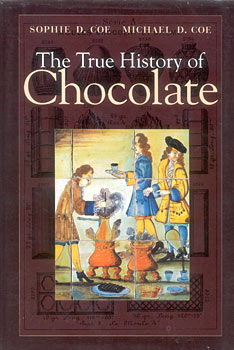
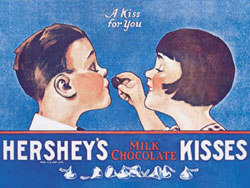
Fun Chocolate Facts
- 1528 Hernan Cortes presents Spanish King Charles V with cocoa beans from the New World and the tools for preparing it. He suggests to the king to add sugar so the drink is not so bitter. The Spanish like the drink so much they keep it secret for a century.
- 1615 Anne of Austria, daughter of Philip III of Spain, inrtoduces the cocoa beverage to her husband, Louis XIV of France
- 1650 Chocolate candy craze explodes in Paris.
- 1647 First chocolate house opens in London and later begins using chocolate in cakes and rolls for the first time.
- 1687 Hans Sloan, a physician, develops a milk chocolate drink in Jamaica which he sells to the Cadbury Brothers of London. London chocolate houses become trendy places for the elite London society to eat and drink this new milk chocolate drink.
- 1704 Chocolate arrives in Germany
- 1711 Chocolate arrives in Vienna, Austria when Emperor Charles VI transfers his court from Madrid to Vienna and brings chocolate with him.
- 1755 Chocolate arrives in the American colonies and the first chocolate factory is begun in 1765 in what is now the United States of America.
- 1780 The first machine to produce chocolate products is developed in Barcelona, Spain.
- 1828 Amsterdam, The Netherlands. Casparus van Houten invents the cocoa press and produces the first cocoa powder mechanically instead of crushing the beans by hand.
- 1839 The world's first milk chocolate is produced by the German company, Jordan & Timaeus in Dresden, Germany.
- 1847 The first chocolate bar is moulded by the English company, J.S. Fry and Sons in Bristol, England.
- 1875 Daniel Peter from Switzerland in conjunction with Henri Nestle puts the first milk chocolate on the market by combining cocoa powder with powdered milk.
- 1894 Milton S. Hershey founds the Hershey Chocolate Company in Hershey, PA and it becomes the largest chocolate manufacturer in North America. It produces the famed Hershey chocolate bar and Hershey kisses.
- 1900 Switzerland has become the world leaders in producing and selling milk chocolate.
- 1938 and during WWII the U.S. government included chocolate bars in Army rations for American soldiers to give weary soldiers strength.
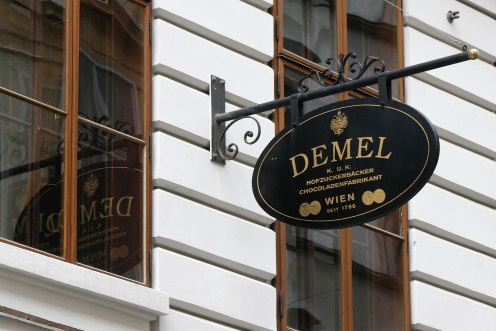
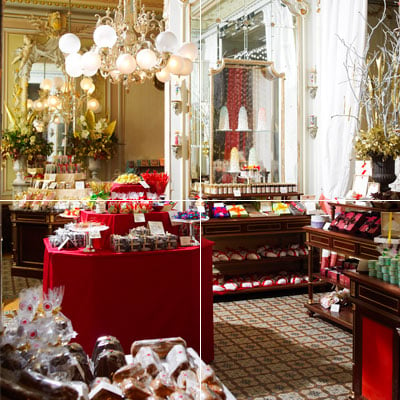
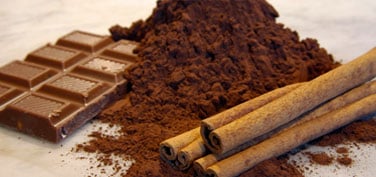
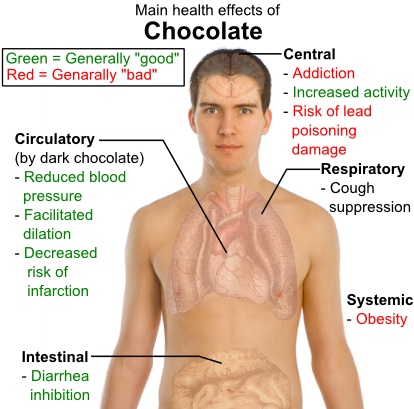

The Health Effects of Chocolate
Not only does chocolate taste yummy and is an indulgent aphrodisiac, but surprisingly, chocolate is healthy for our bodies. Especially, dark chocolate. A dark chocolate a day will keep the doctor away, and that is not a ridiculous statement.
Recent studies have shown that chocolate contains high levels of phenolics, a chemical that helps to lower the risk of heart disease the same as coffee, tea and red wine do. It prevents the fat substances in the bloodstream from oxidizing and clogging the arteries. It is a great preventer of hardening of the arteries.
Caffeine is also present in chocolate in small quantities and works as an anti-depressant and helps to give that 'feel good' feeling from eating chocolate. Theobromine is another chemical in chocolate and a weak stimulant and these two chemicals in chocolate provide the 'lift' we feel when we eat it.
Phenylethylamine is also found in chocolate and is related to amphetamines a stronger stimulant. All of these stimulants increase the activity of neuro-transmitters (brain chemicals) in parts of the brain that control our ability to pay attention and stay alert.
Ever have a feeling of craving chocolate? The Neurosciences Institute in San Diego, CA has done recent studies and determined that "chocolate contains pharmacalogically active substances that have the same effect on the brain as marijuana and that these chemicals may be responsible for certain drug induced psychoses associated with chocolate craving."
Now, THC is NOT found in chocolate. But, another neuro-transmitter called anandamide is found in chocolate and is also produced naturally in the brain. This is also where the 'good feeling' comes from eating chocolate, but one CANNOT GET HIGH ON CHOCOLATE!
More research is being done today on the effects of chocolate on the brain.
Recent studies by the Pennsylvania School of Medicine and the U.S. Naval Academy have shown that chocolate does not produce acne, in fact, acne is no longer linked to diet at all.
Chocolate also does not produce cavities or tooth decay. The cocoa butter used in the production of chocolate coats the teeth and protects and prevents plaque from forming. It is the sugar in foods and chocolate that cause the tooth decay.
Now, too much of a good thing, chocolate, can cause the pounds to go on and the cravings to start and eating too much chocolate can cause obesity. But, if eaten in moderation the benefits outweigh the negatives.
So, we no longer have to feel guilty for indulging in chocolate and we can actually help our bodies by eating a bit of chocolate each day. And, chocolate helps to bring people together.
Chocolat - the film
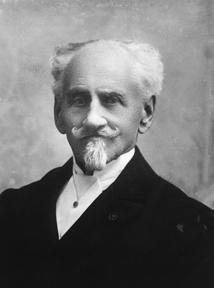
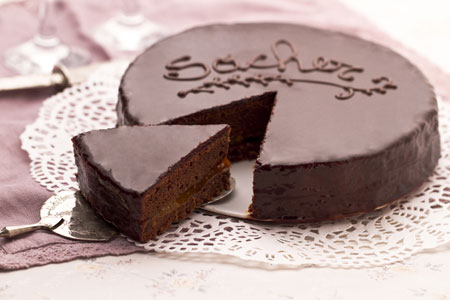
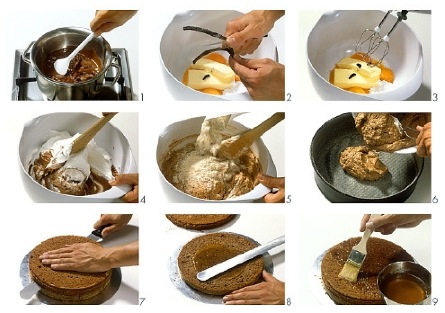
Recipe for sacher torte
Sacher torte is the most famous chocolate cake of Vienna's dessert specialties and is world famous. It is a specific type of chocolate cake or torte invented in 1832 by Franz Sacher, an Austrian baker in the royal court of Austria. It was invented for Prince Wenzel von Metternich in Vienna for an important royal party he was giving.
Surprisingly, Franz Sacher was only a sixteen year old apprentice at the time and in his second year of training in Metternich's kitchen. The head baker was unavailable and so the task of creating a special dessert fell to Sacher. He created a chocolate sponge cake with apricot jam filing and dark chocolate icing. The cake was a huge success that night.
After the party, the cake was first served at Demel bakery and choclatier in Vienna and later served at the Hotel Sacher, established by Sacher's son Eduard in 1876. Both Demel and the Sacher Hotel are famous for sacher torte even today.
Original recipe from Mrs. Anna Sacher
Cake Ingredients:
3/4 cup (170g) butter
61/2 oz (180g) semi-sweet chocolate
3/4 cup (170g) sugar
8 egg yokes
1 cup (120g) flour
10 egg whites, stiffly beaten
2 tblsp apricot jam
Icing Ingredients:
1 cup (225g) sugar
1/3 cup (80ml) water
7 oz. (200g) semi-sweet chocolate
Instructions:
1. Beat butter until creamy
2. Melt chocolate
3. Add sugar and chocolate to butter, stir
4. Add egg yolks one at a time
5. Add flour
6. Fold in egg whites
7. Grease and butter 8-9" cake tin/pan
8. Pour mixture in cake tin/pan
Bake in 275 degree F (140 degree C) oven about one hour.
Test with toothpick or straw
Remove to board; cool
Cut top off and turn bottom up (cut in half horizontally)
Heat apricot jam slightly and spread over top of each half, then put halves together, apricot sides up.
Cover with chocolate icing, prepared as follows:
Icing:
1. Cook sugar and water to thin thread
2. Melt chocolate on top of double boiler
3. Add sugar gradually to chcolate
4. Stir constantly until icing coats the spoon
5. Pour from pan on top of cake.
Always serve sacher torte with homemade whipped cream as it helps to cut the richness of the chocolate.
~ from Viennese Cooking, O & A Hess, adapted for American use. Crown Publishing: New York. 1952, p. 229.
© 2013 Suzette Walker








